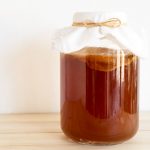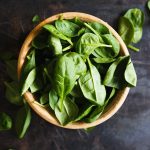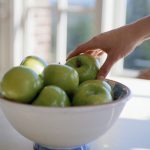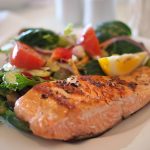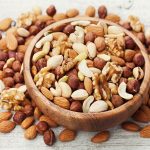
(HealthDay News) — To some people, keeping a food diary might seem old hat or just another busy-work task on your diet to-do list. But when done correctly (and diligently), it’s a very effective tool for losing weight and keeping it off. Studies show that dieters who monitor their eating and weight the most consistently achieve the most weight loss. Essentials include writing down everything you eat and drink, and keeping a running tab on those calories. You might find it easier to stay on track by writing down what you plan to eat each day in advance and using the diary as a menu to follow. If instead you plan to jot down details as you go, be sure to make your entries as you start to eat or at the latest within 10 minutes. After that, it’s easy to forget details (read: some of the calories). When first starting to keep a diet diary also note when you ate (what is a scheduled meal or an impulsive snack, for instance), the emotions you were feeling, and even where you were and who you were with. These details will help you uncover eating habits that may have led to weight gain, showing when and why you tend to eat extra calories. Becoming aware of your unique triggers can help you know when you’re about… read on >











